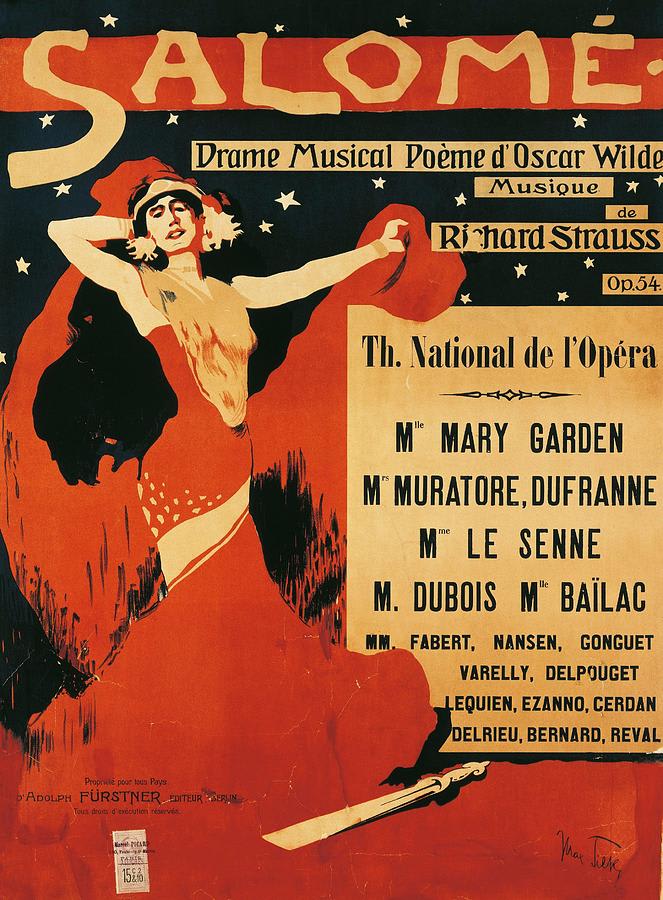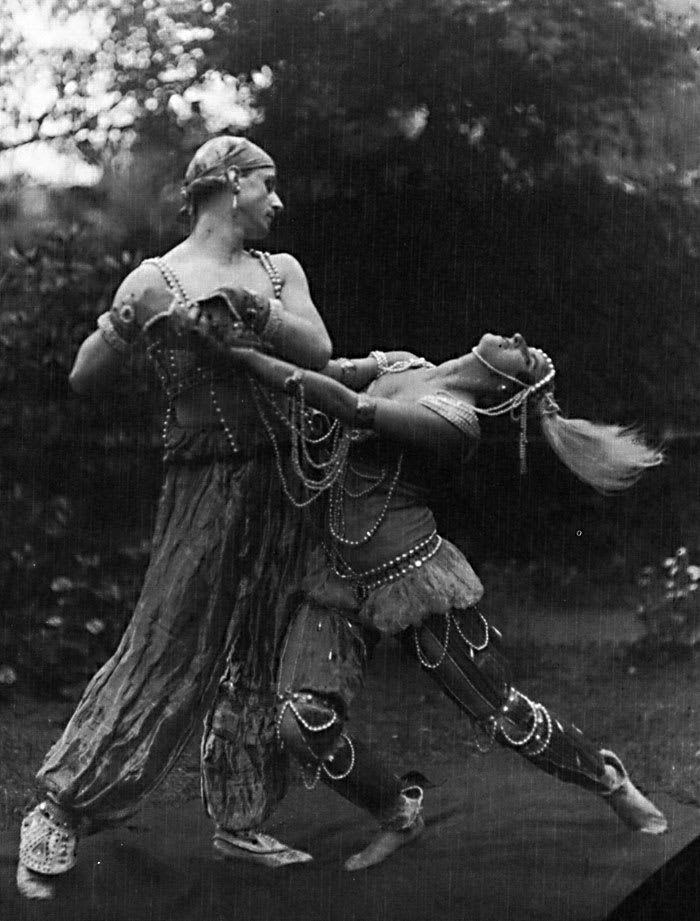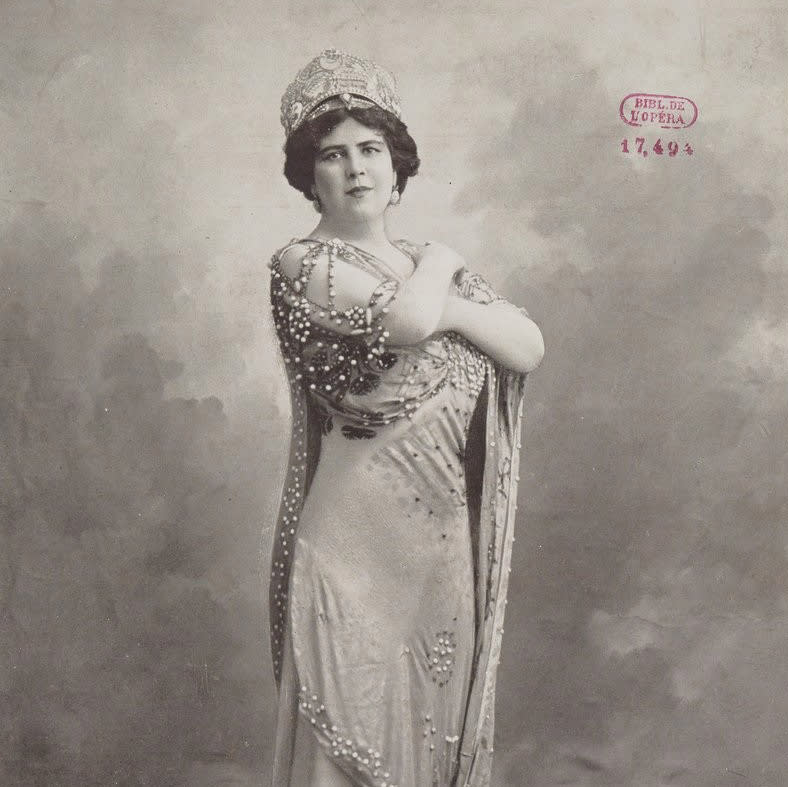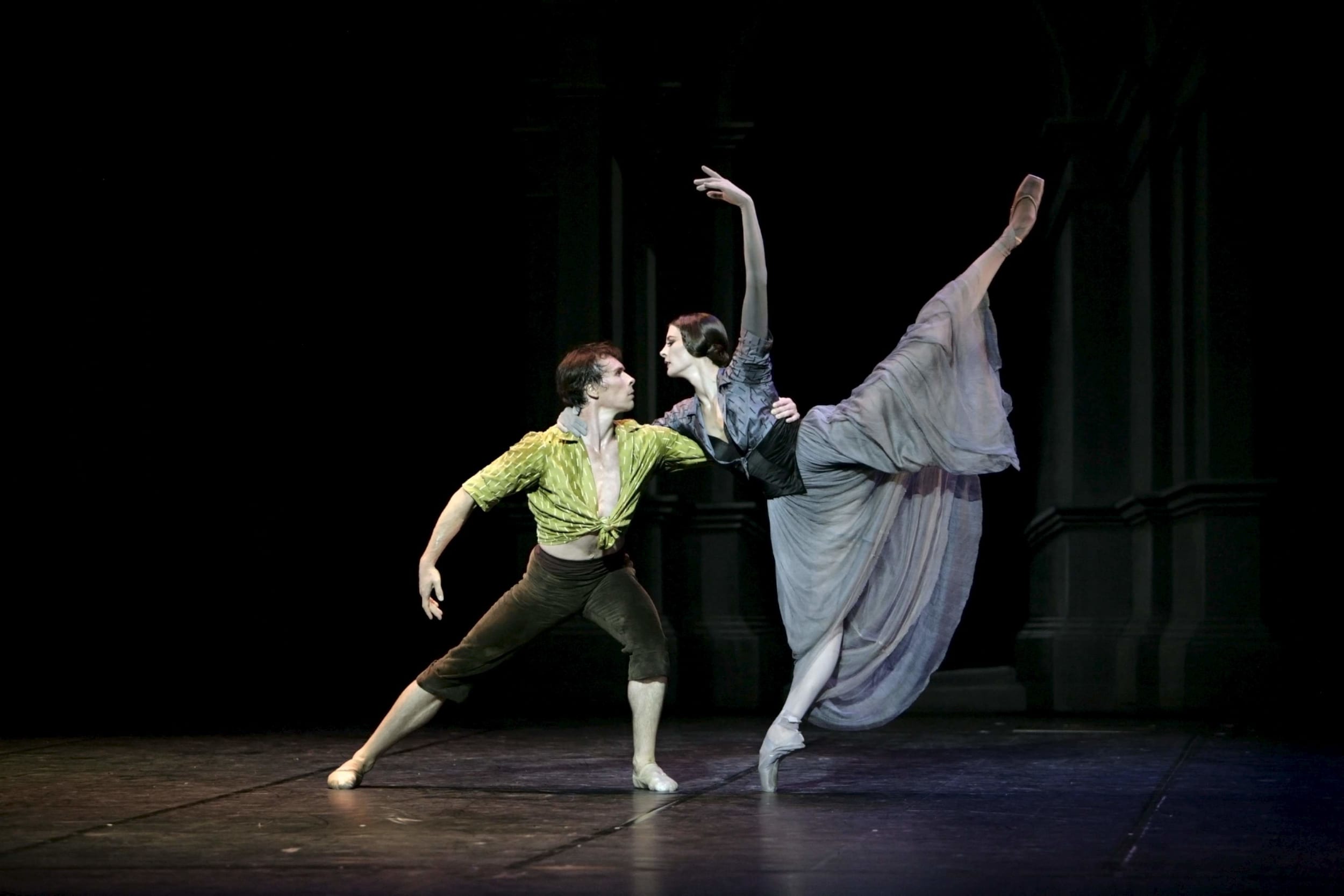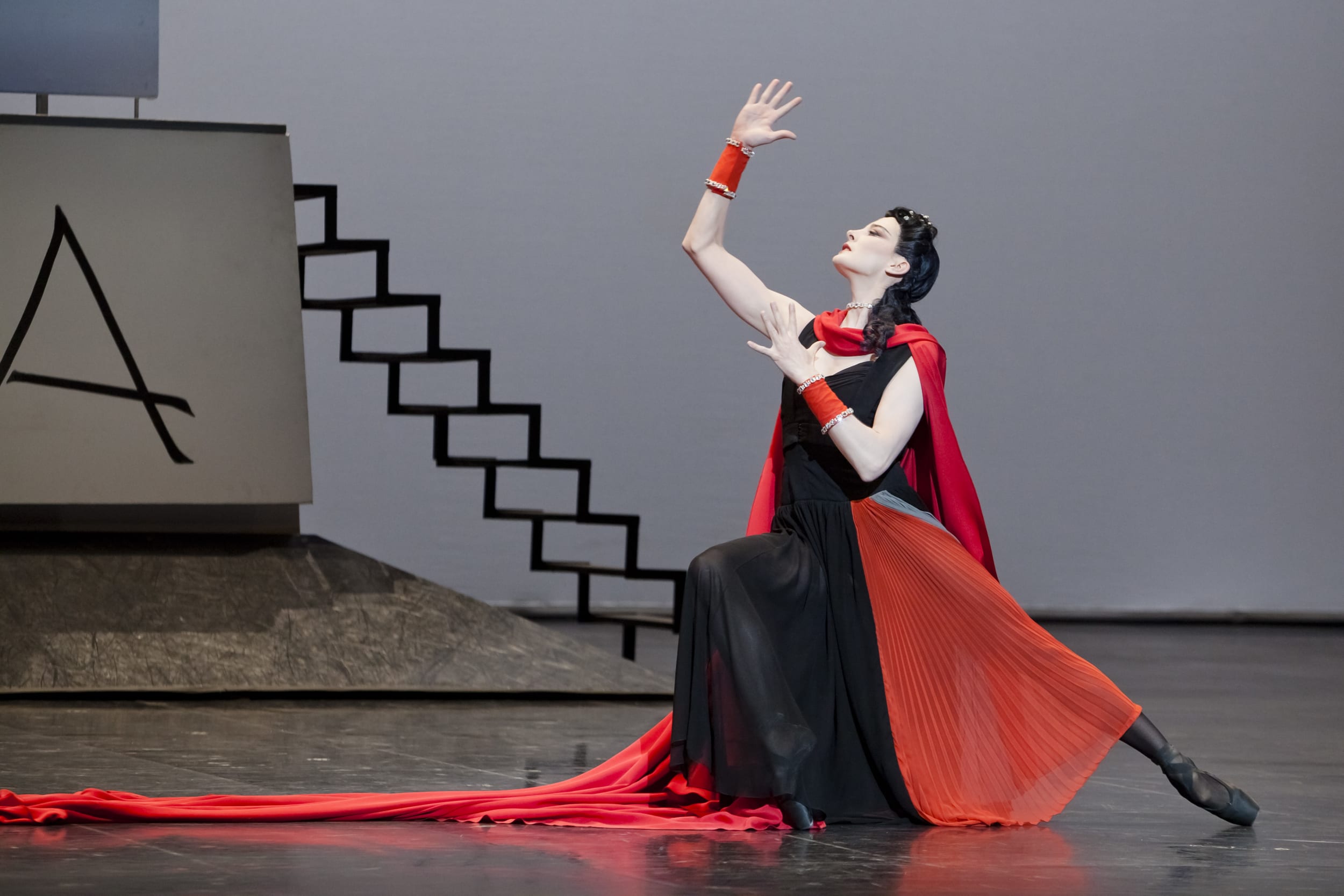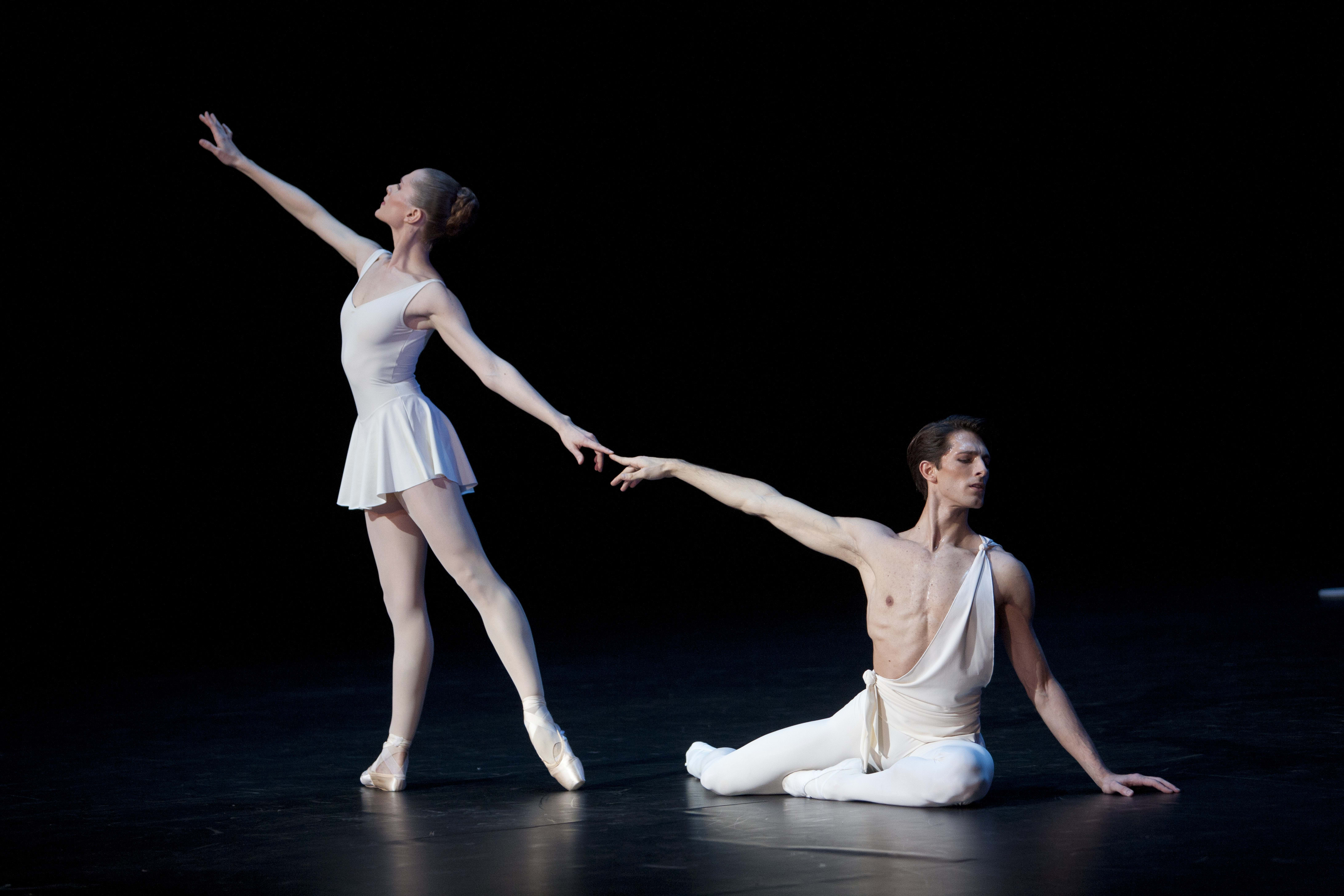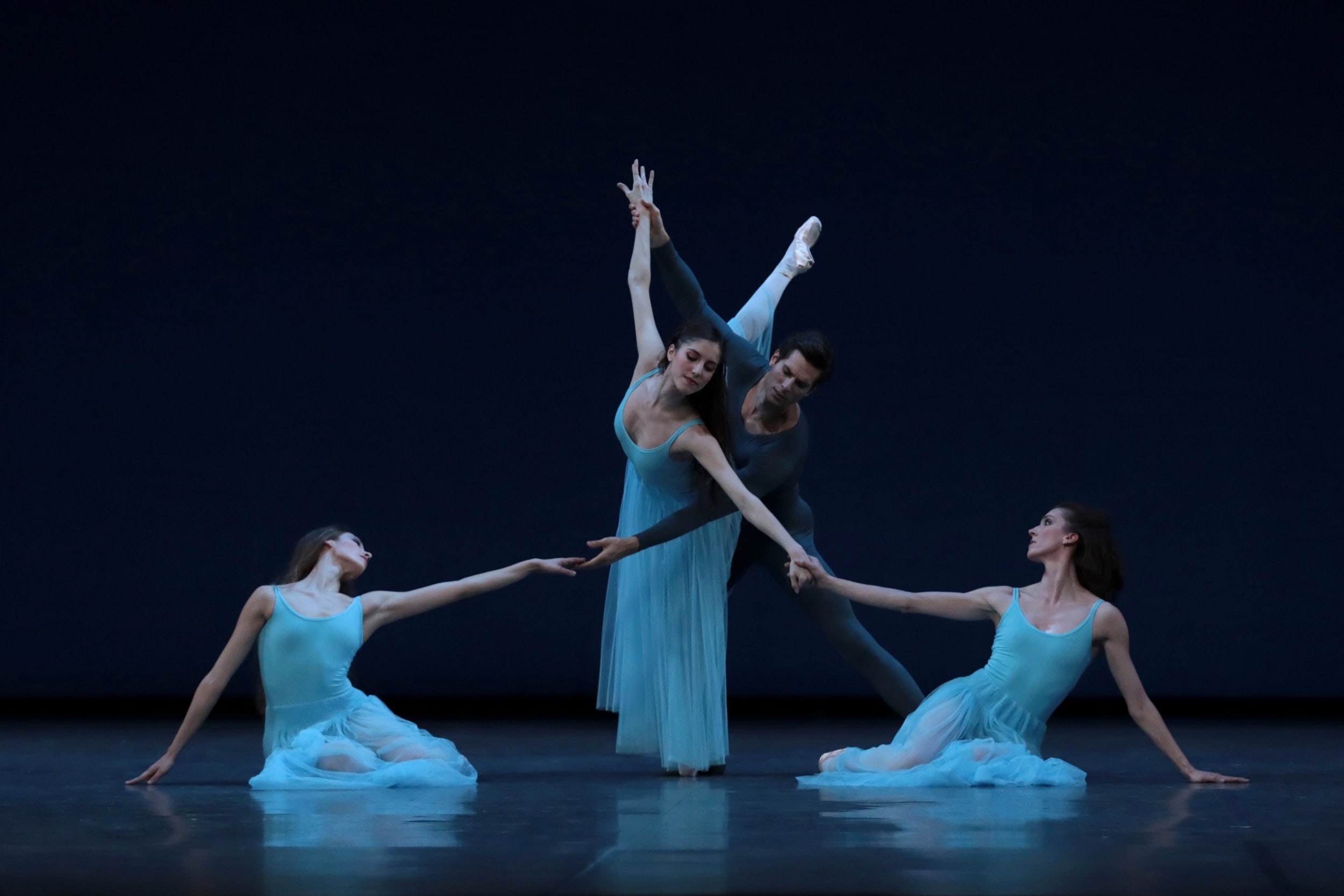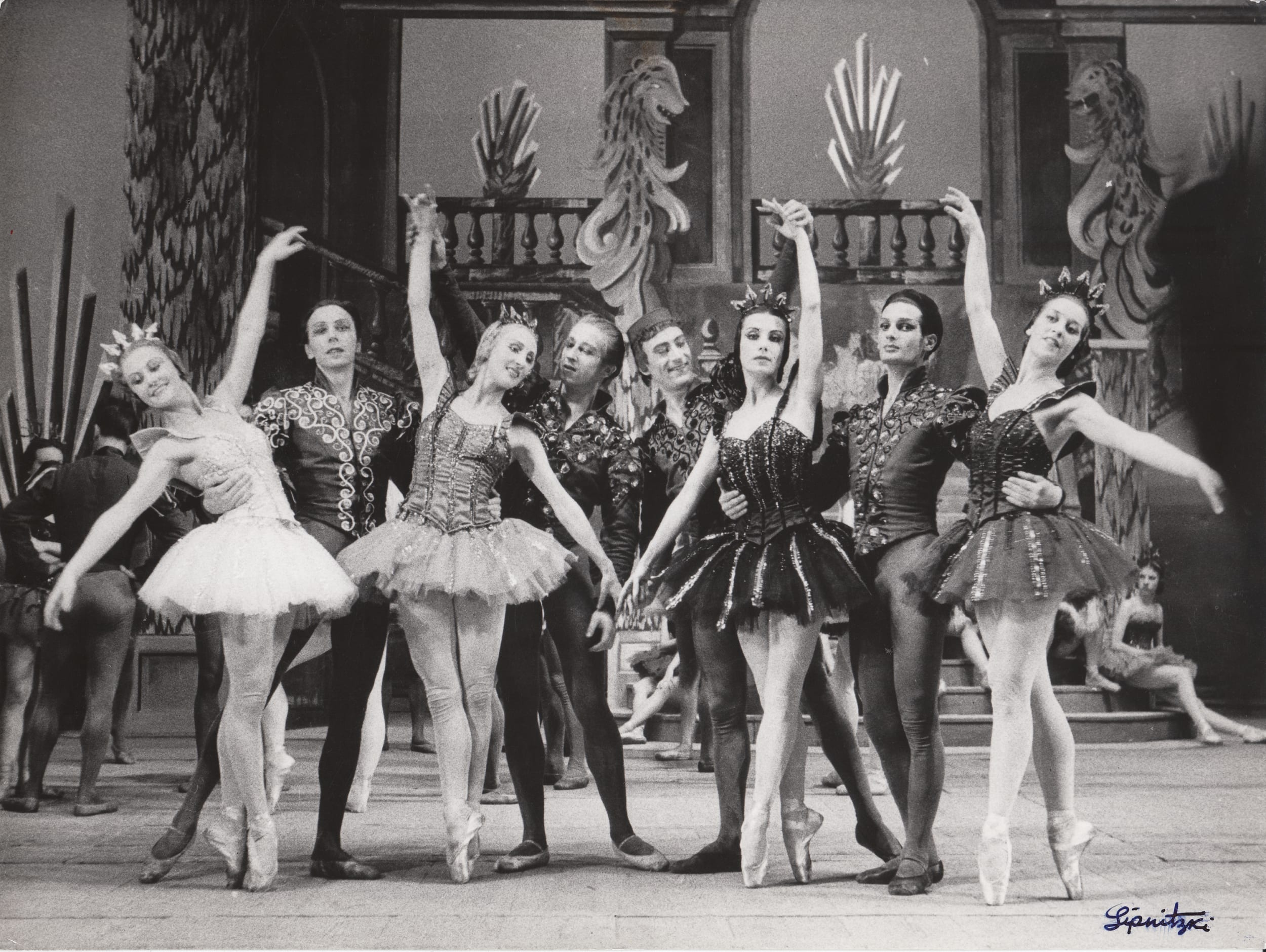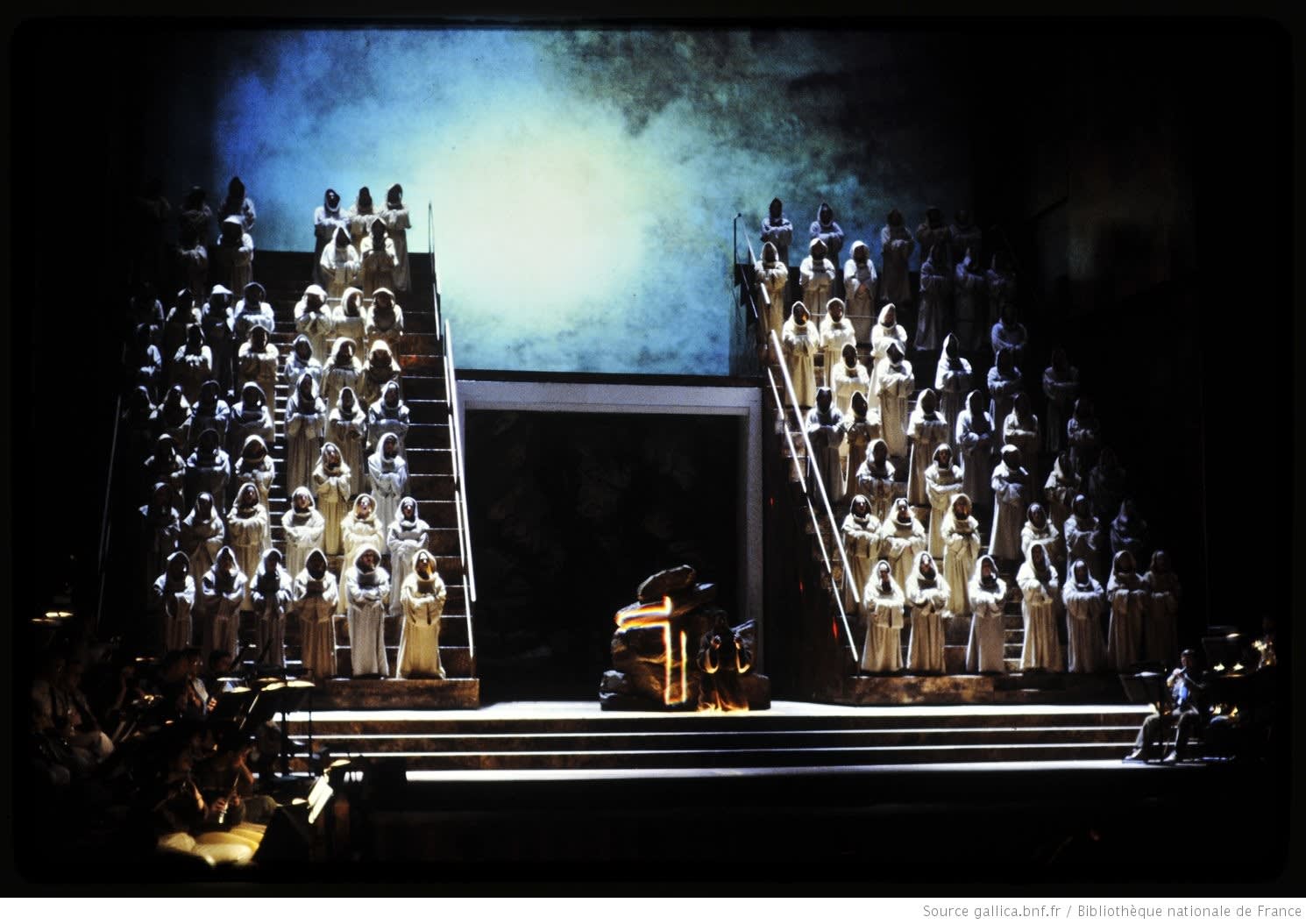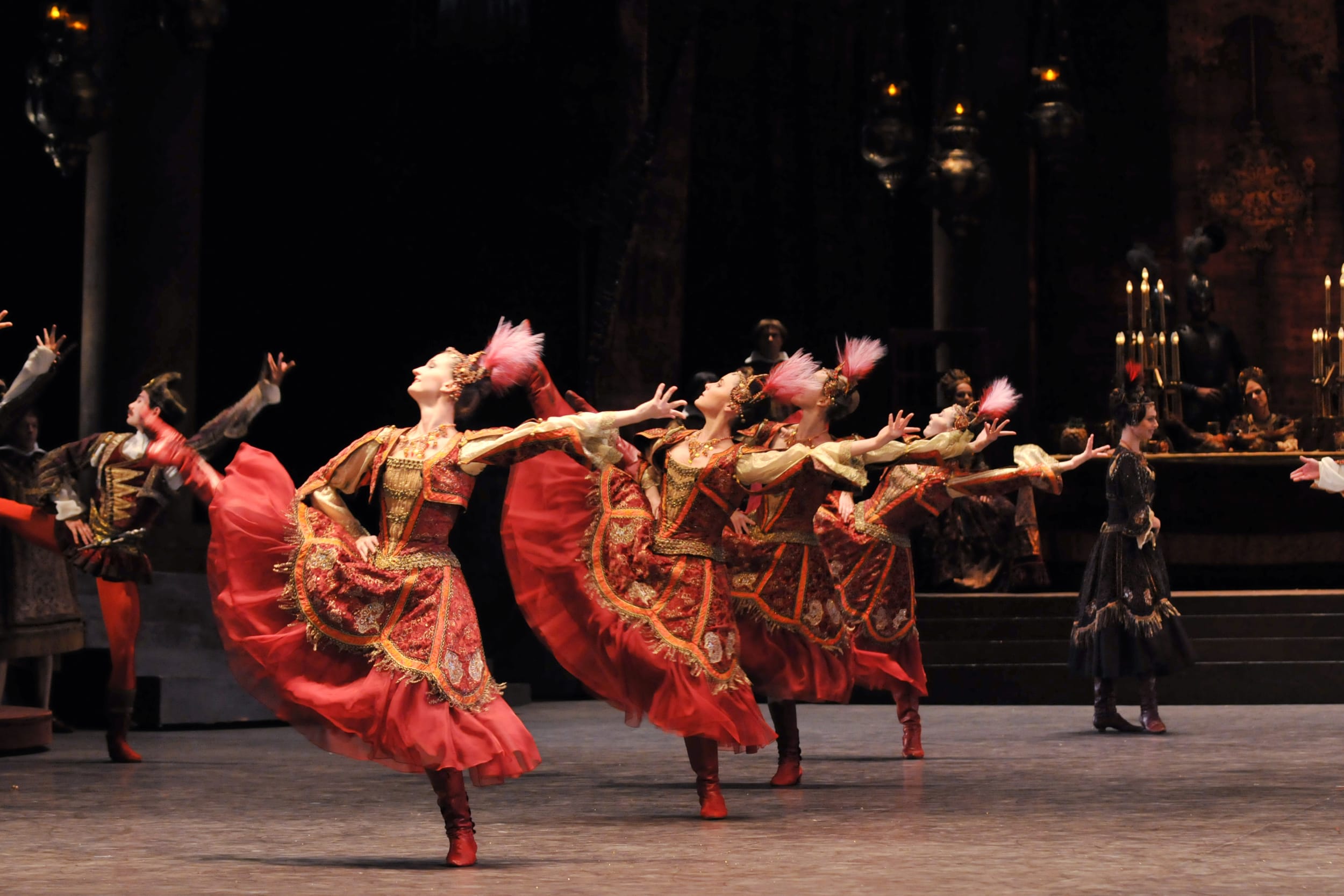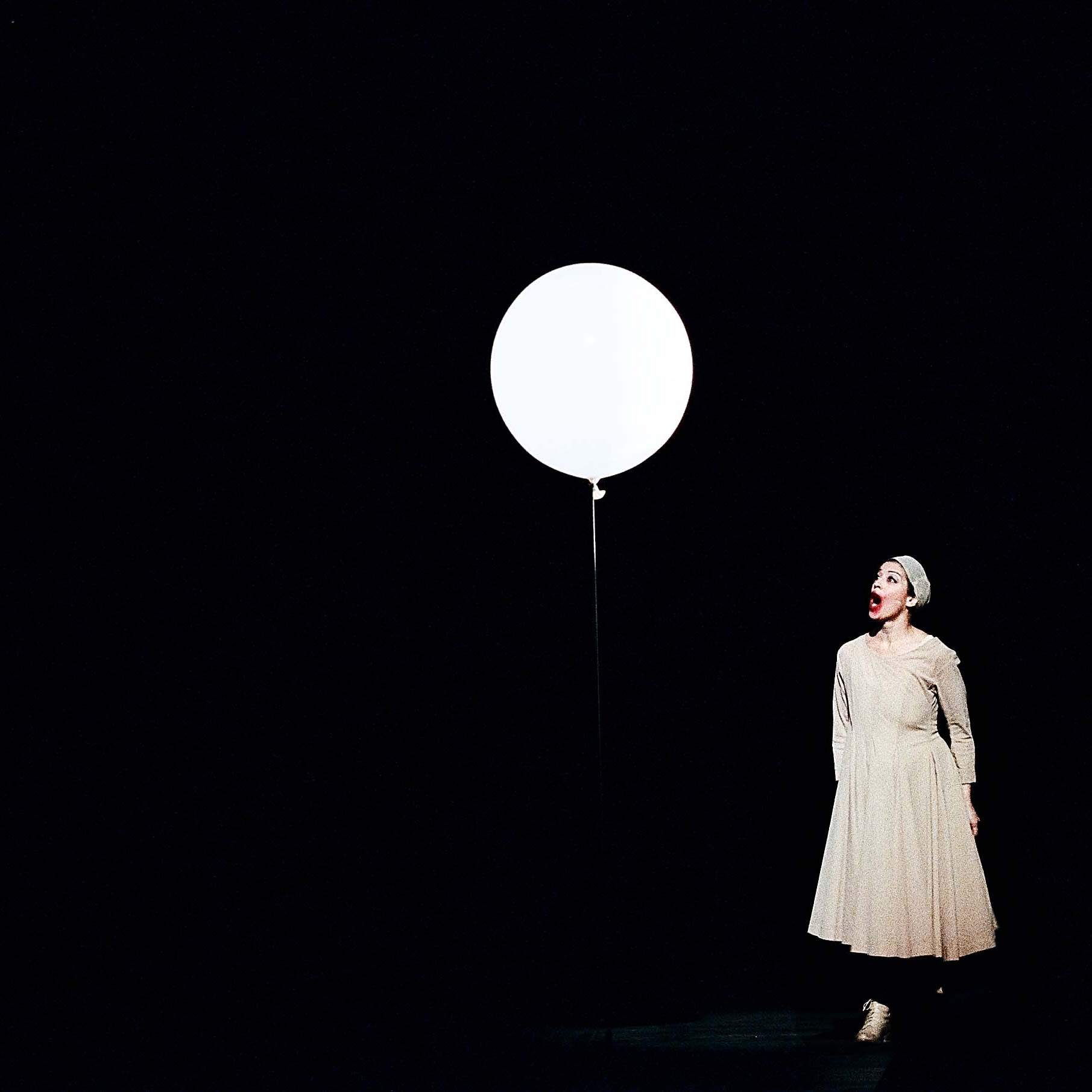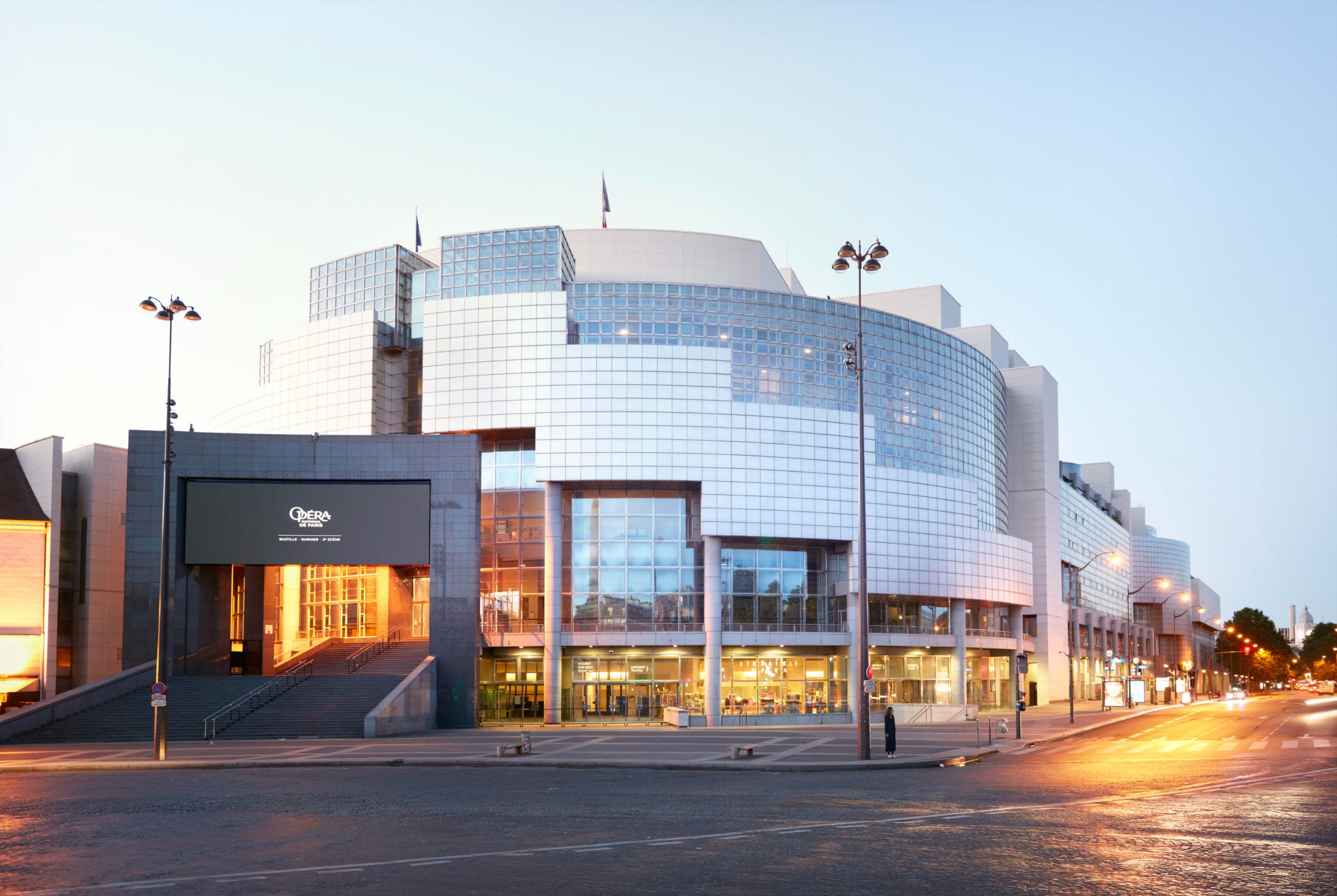Prices
Show / Event
Venue
Experience
No result. Clear filters or select a larger calendar range.
No show today.
From the Belle Epoque to the inauguration of the Bastille Opera house in 1989, including two world wars, many historical events shaped the Paris Opera during the 20th century.
THE PALAIS GARNIER IN THE 1900s
During the Belle Époque, the Palais Garnier was one of the major meeting and entertaining places of Paris, welcoming a public of “regulars” belonging to the financial, industrial and political elites.
If Jules Massenet, Charles Gounod and Giuseppe Verdi (who monitored himself the creation of his works at the Palais Garnier) lived genuine triumphs during their lifetime at the Opera House, Richard Wagner's rise was slower, but the composer’s works eventually saw real success thanks to the hard work of a collegial management team led by André Messager and Leimistin Broussan. In June 1911, the Parisian public attended the first performance of Richard Wagner's complete Ring of the Nibelung cycle.
It was also at this time that Salomé (19101) by Richard Strauss, and Déjanire (1911), by Camille Saint-Saëns entered the Palais Garnier’s repertoire.
As for dance, the Russian Ballets, led by Serge Diaghilev, took Paris by storm. Their “five historical concerts” performed in Garnier were such a triumph that directors Messager and Broussan invited them several times. And so, in 1910, three ballets by Michel Fokine were premiered there: Les Orientales, The Firebird, and Sherazade, with sets and costumes by Léon Bakst.
JACQUES ROUCHÉ LEADING THE OPERA (1914-1945)
From 1914 onwards, the arrival of Jacques Rouché as director of the Paris Opera brought the theatre into the modern era. Sensitive to the avant-garde works, this Polytechnicien chose to entrust the sets and costumes design of a production to one same artist and deeply renewed the repertoire. Among foreign composers, Paris discovered Richard Strauss' Der Rosenkavalier, Giacomo Puccini's Turandot, Nikolaï Rimsky-Korsakov's The Golden Cockerel... French composers such as Vincent d'Indy and Darius Milhaud were not left behind. Baroque music was also celebrated, with the return of works by Lully, Gluck and Rameau.
In the meantime, dance was enjoying a renewal thanks to Serge Lifar, who entered the Opera in 1929. Every show became an excuse for hiring the best painters and decorators: De Chirico, Paul Colin, Maurice Denis, Raoul Dufy, Marie Laurencin, Fernand Léger, André Masson, Pedro Pruna… They all made their way to the Palais Garnier.
These years even saw the birth of ‘Opera at home’, with the first radio broadcasts of Henri Rabaud’s Mârouf, savetier du Caire in August 1932.
LA RÉUNION DES THÉÂTRES LYRIQUES NATIONAUX (1939 – 1978)
In January 1939, the Popular Front decided to merge the Paris Opera and Opéra-Comique into one same public institution named the Réunion des Théâtres Lyriques et Nationaux (RTLN, French Board of National and Lyrical theatres).
During World War II, Rouché had to deal with the Occupants and applied the Anti-Jewish decrees voted by Vichy: Jewish works were banned from the repertoire and over thirty Jewish members of his staff were fired. After the liberation, Jacques Rouché and Serge Lifar were condemned. Rouché was relieved from his duties in January 1945, but was cleared of all charges in 1951.
Serge Lifar took over the Nouveau Ballet de Monte-Carlo but came back to the Paris Opera in 1947 as ballet master for the creation of Mirages with Yvette Chauviré. He stayed at the Opera until 1958 and created over thirty ballets, like Phèdre (1950) with Jean Cocteau.
The post-war years were also marked by George Balanchine, who set some of his ballets at the Opera, such as Apollon musagète and Sérénade. Le Palais de cristal was created at the Palais Garnier in 1947.
After the liberation, the Palais Garnier regained its international influence: galas were organised as a display of the Republic, international tours led the Ballet to the United-States (1948) or the Soviet Union (1958), despite the Cold War. They were few operatic creations, except for Arthur Honegger’s Joan of Arc at the Stake (1950) or Francis Poulenc’s Dialogues des carmélites (1957) and despite the presence of great artists such as Gabriel Bacquier, Régine Crespin, Mady Mesplé, Jane Rhodes…
The 1960s were marked by composer Georges Auric’s two tenures as administrator of the RTLN, but also the inauguration of the new ceiling of the Palais Garnier, painted by Marc Chagall (1964) and the entry of Alban Berg’s Wozzeck (1963) into the repertoire, conducted by Pierre Boulez, or the performances of Elisabeth Schwarzkopf in Der Rosenkavalier, by Strauss, and Maria Callas in Norma and Tosca. In these years, Richard Wagner's grandson, Wieland Wagner, also staged daring new productions of Salomé (1964), Tristan und Isolde (1966)…
In ballet, a new generation of dancers like Claude Bessy, Claire Motte or Cyril Atanassof stood out, while choreographers such as Maurice Béjart and Roland Petit caused sensation with respectively The Rite of Spring, which entered the repertoire in 1965, and Turangalila (1968).
Rolf Liebermann (1972 – 1980)
In 1972, the RTLN’s statutes and structure changed completely and the Opéra-Comique was no longer part of the organisation. Swiss-born Rolf Liebermann became director of the RTLN and, when it was dissolved in 1978, general administrator of the Théâtre national de l'Opéra de Paris (TNOP), which comprised the Palais Garnier and the Salle Favart. A composer and conductor, Liebermann brought the Palais Garnier back to a golden era with a prestigious programming policy: Le Nozze di Figaro, in a production by Giorgio Strehler and with decors by Enzo Frigerio, marked the Opera’s history, like Gounod’s Faust staged by Jorge Lavelli (1975) or Alban Berg’s Lulu directed by Patrice Chéreau (1979). Under his impulse, performances, before sung in French, were given in their original language.
The Ballet Company, led by Raymond Franchetti, revived the French classics, such as Coppélia, while opening up to American choreographers with Jerome Robbins and Paul Taylor, and contemporary dance with Merce Cunningham or Carolyn Carlson who was leading a group specially created for her, the Paris Opera Theatrical Research Group (GRTOP).
After Rolf Liebermann’s departure, the operatic renewal continued with a new opera he had commissioned from Olivier Messiaen, Saint François d’Assise (1983). Meanwhile Rudolf Nureyev’s nomination as Dance Director represented a major shift for the Ballet. He reformed and enriched the Ballet’s repertoire with his revisions of major works by Marius Petipa like Raymonda (1983) or Swan Lake (1984) and invited choreographers such as Dominique Bagouet, Lucinda Childs, William Forsythe, Maguy Marin…
INAUGURATION OF THE BASTILLE OPERA
The election of François Mitterrand in 1981 revived the project of a new, more modern and bigger opera venue in Paris, an idea that dated back to reports on the Opera by Jean Vilar (1968) and François Bloch-Lainé (1976). The Bastille square was chosen as a symbolic place for this new “modern and popular” opera house. After an architectural competition won by Carlos Ott, the Bastille Opera was inaugurated on 13 July, 1989, as a celebration of the French Revolution Bicentenary. With its 2,700 seats, exceptional stage devices and dedicated spaces, the new house remains a state-of-the-art production facility.
In 1990 a new public institution gathering the Bastille Opera house and the Palais Garnier was created under the name of “Paris Opera”. On 17 March 1990, Hector Berlioz’s Les Troyens, directed by Pier Luigi Pizzi and conducted by Myung-Whun Chung, kicked off the new season.
Yet, the Opera underwent a major crisis: Daniel Barenboim was fired and eventually replaced by Myung-Whun Chung, the institution faced a budget deficit, strikes and an accident during a rehearsal of Otello in Seville for the World's fair. These events led to the renewal of the Opera's management and to a new status for the institution. In 1994, a decree renamed the Opera the “Opéra national de Paris”, which became a public organisation (or state-controlled entity) of an industrial or commercial nature (EPIC).
HUGUES GALL’S DIRECTION (1995 – 2004)
In 1993, Hugues Gall, who then directed the Grand Théâtre de Genève after having been Rolf Liebermann's assistant, submitted a report on the relationship between the Palais Garnier and the Bastille Opera. First named deputy director of the Paris Opera, he became General director two years later.
During his years at the Paris Opera, he obtained full administrative and artistic powers as well as a 3% annual increase in the Opera's budget. Hugh Gall asko added 80 new opera productions to the repertoire, including four creations: Philippe Fénelon's Salammbô, Philippe Manoury's K…, Pascal Dusapin’s Perelà, l’homme de fumée and Matthias Pintscher’s L’Espace.
At the same time, Brigitte Lefèvre was appointed Dance Director, succeeding Patrick Dupond in 1995. Until her departure in 2014, Brigitte Lefèvre was committed to build a large repertoire with a central place for the great classics, in particular for the productions of Rudolf Nureyev, while regularly programming major choreographies of the 20th century and inviting contemporary choreographers.
At the end of his tenure, Hugues Gall left the Opera with a balanced budget and an average attendance rate of 93% for 362 performances in his last season.
Immerse in the Paris Opera universe
Business Space
Back to top

